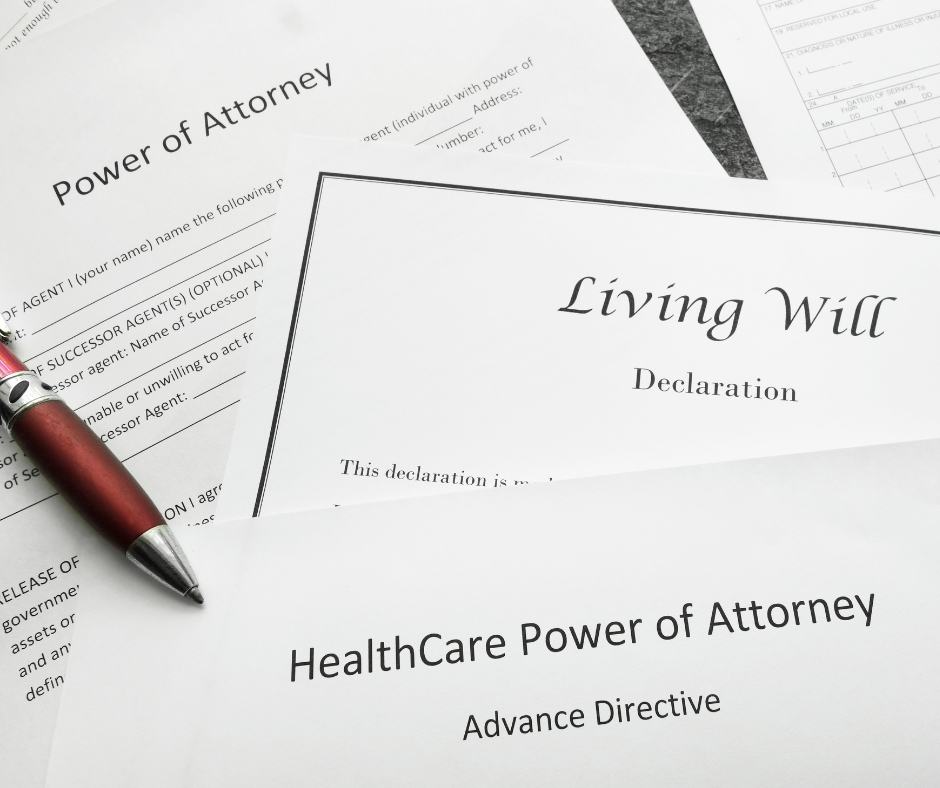With big scary projects, I like to “eat the frog” and do the hard thing first. So when I sat down to fill in the Ending Note, I turned to page 55, the Final Arrangements section. This is the part everyone wants to skip.
Even if you haven’t thought about it much, you probably have an idea of what sort of final arrangements you want. You’ve already been to funerals. You’ve been to memorial services. You know what you liked about them and what felt wrong.
If you can visualise what a good send-off looks like, then Final Arrangements isn’t death planning, it’s event planning. The event is about you, but you won’t be there to explain what you want.
So here’s a chance to write down your vision of that grand final party. The Ending Note gives you a framework and you can expand with as much additional detail as you like.

The Final Arrangements section has three main parts:
First, Cultural Considerations – A few short lines for your religious preferences, the style of funeral you want, and where you want to have it – here in Japan, in your home country or anywhere else.
If you’re like me and you’ve lived in Japan for decades but you’re not Japanese, you might have ideas about combining Japanese customs with customs from your home country. Incense offerings at the open-casket wake, perhaps? Towels as gifts to mourners, or maybe anything except towels…
Second, Funeral Service. Do you want one? What size or style?
The Ending Note lists common options: private, family only, traditional, company funeral (that’s a thing in Japan), or direct cremation with no service. Check the box that feels right.
Japanese funerals usually happen within days, but your family might be scattered across countries and time zones. So maybe note how to include them, whether it’s delaying the event until people can travel, or in a modern post-pandemic style, livestreaming the service.
There’s also a place to note funeral costs. If you’ve prepaid anything, write that down here with the contact information. If you want to use your savings, note which account if you set something aside specially. Funerals in Japan can be quite expensive, and that’s explained in the Family Guide, so being clear in this section will help everyone with the financial side of your event.
Third, Burial and Monument.
You’ve got options: Japanese family grave, new grave, eternal memorial, scattering ashes, tree burial… The Ending Note lists many, but not all, possibilities so you can add your own under Other.
And if you have preferences about the monument design, the epitaph, or where you want ashes scattered, there’s space for that too.
If you’re feeling ready to go deeper, on the next page there’s space to add final messages, personal history, and family traditions you hope the next generation will keep up. If you have a lot to share, don’t be shy to add extra pages.

Thinking about our mortality, the brief time we have with the people we love, and what they will feel when we are gone – it’s emotional. I shed a tears when I filled in Final Arrangements.
I know that if it made me cry, then my sister will cry, too. Or she will put on a stoic “Kristen would have wanted this” mask and struggle through figuring out what to do.
So even though I didn’t want to think about my own final arrangements, writing down my wishes now makes the inevitable future more comfortable for family and friends. They will know what I wanted and they can provide it without guessing and without arguing.
So grab your Ending Note, pour a comforting drink, maybe have tissues handy, and fill in pages 55 through 57. You already know what you want – you just need to write it down.
You can change this anytime. It’s written in your handwriting in a workbook, not carved in stone. Cross it out and revise, or reprint the pages and start over fresh.
You’ve got this. Take care.









